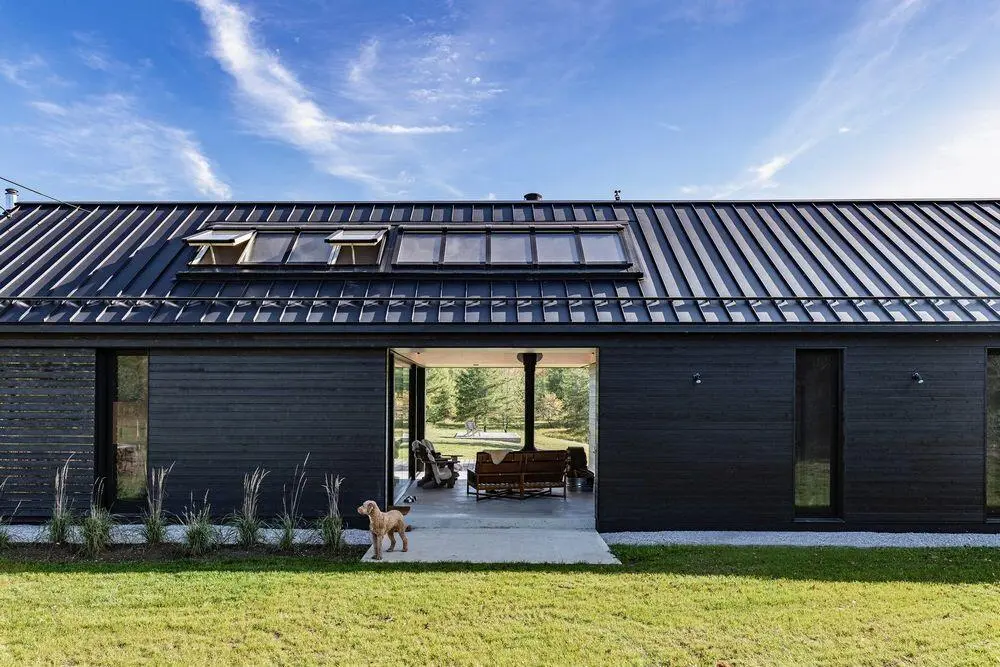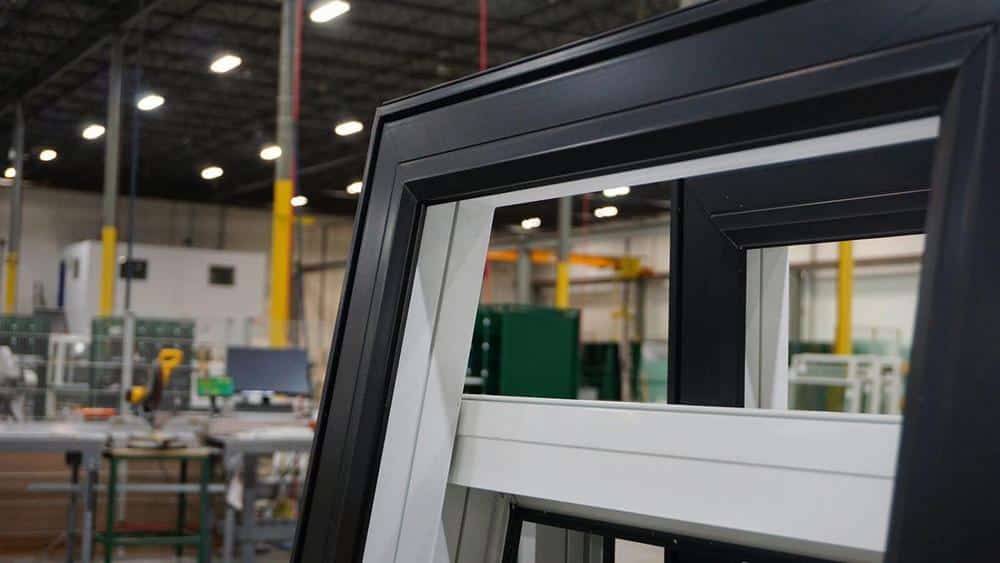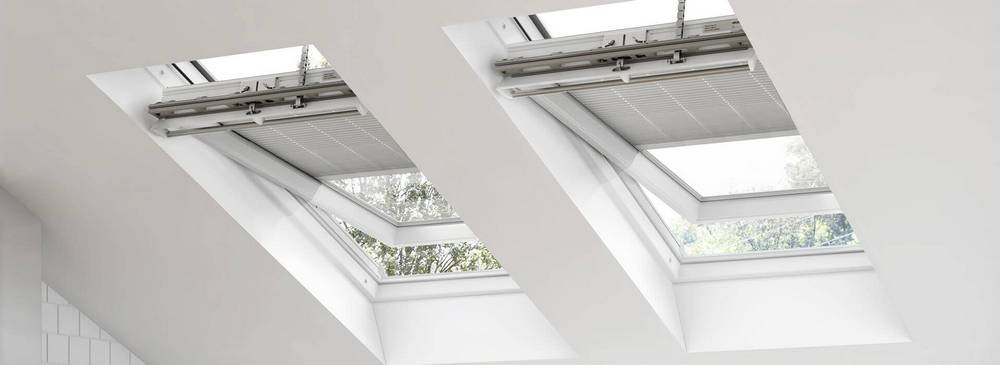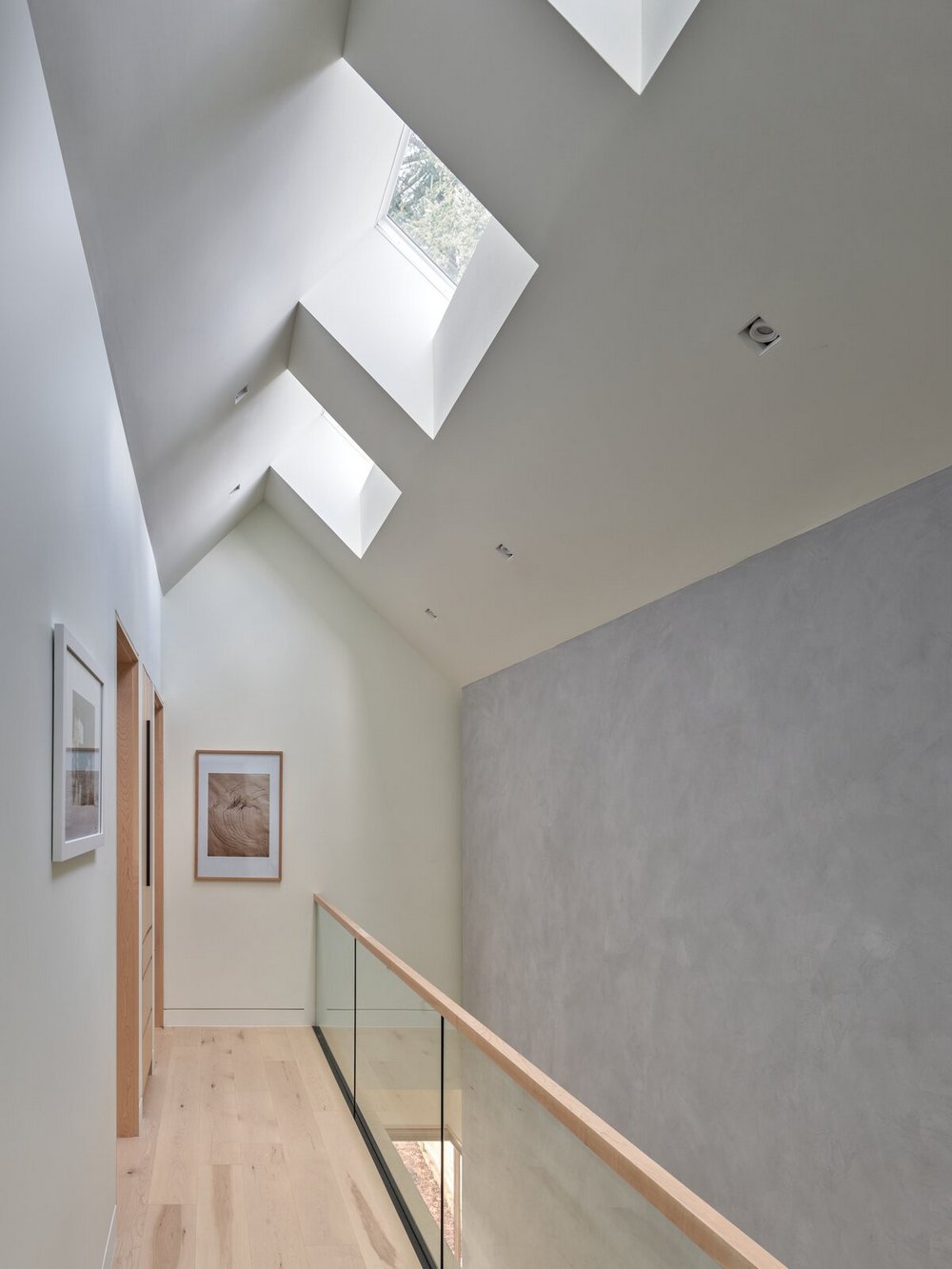
Natural sunlight and vistas appear to be the hot trend in house design. Many people’s first choice for adding a cost-effective aesthetic element or dipping into more environmentally friendly lighting options is a skylight. Yet, for many of us, ‘skylight’ is the only phrase we usually hear. Roof windows are a comparable but distinct installation that may be better suited to many people’s needs. So, what’s the difference? How to make the best pick for your house? We have contacted many Canadian window experts and are now ready to share our insights regarding the best roof windows with you. Interested? Keep reading!
What is a Roof Window?
A roof window is nothing more than a window on your roof. It’s that simple! A roof window is a lovely aesthetic addition to your home that may provide beautiful views of the sky and the same amount of natural light as any other window.
How Can Roof Windows Add Value to Your House?
Roof windows may allow more than three times the amount of light as a similar-sized vertical window. Internal spaces that would otherwise require artificial lighting or ventilation, such as windowless rooms, can benefit from roof windows. They also provide architects with more freedom in terms of design.
● In homes with flat ceilings, roof windows are frequently coupled with light wells or shafts.
● Almost all roof windows have sealed double glazing to decrease heat loss and condensation, but these units are usually openable. This is beneficial in hot weather, especially in two-story homes where heat would normally condense at the top level.
● Roof window frames are made of a range of materials and significantly influence thermal performance. Frames are commonly made of wood with weatherproof cladding on the outside, although they can also be made of aluminum, steel, or uPVC.
Roof windows are frequently utilized in attics with cathedral ceilings but limited roof space. They’re also employed in other living spaces with a traditional flat ceiling and a light well lined with plasterboard that doesn’t have a diffuser to let the outdoors in.

Improving the Quality of Roof Windows
For places with a high occurrence of overcast skies, roof windows are ideal. They can be added to new constructions as well as adapted to existing structures, but a certified builder or contractor will be required for retrofitting.
The following elements influence how well daylight is delivered:
● The route and position of the sun in your area and season;
● How often your location experiences gloomy vs sunny weather;
● Levels of air pollution and haze;
● Roof aspect;
● Shadowing from trees or other features.
Roof windows are vulnerable to damage during severe hailstorms. Still, careful design and material selection avoid the risk, especially if you consult with the right specialists before buying and installing new units.
Some types of roof windows to consider:
● Pivot windows;
● Windows with the raised axis of rotation;
● Top-Hinged windows;
● Top Hung and Pivot windows;
● Roof-Access window;
Even though the choice might be complicated, all the units listed above indicate the different shapes and cranking mechanisms utilized. To understand what works better for your house and roof, do not hesitate to contact your local window experts to get a consultation, quote, and a bigger picture regarding your project.

The Right Placement of Your New Roof Windows
When determining how and where to position roof windows, homeowners should consider using several smaller windows in various places of the roof rather than a single bigger window since this results in much greater illumination of the space.
Traditional vertical windows, which light from the side, and roof windows, which light from above, have different concepts for providing sunshine. The possibility for consistent light dispersion is increased with top lighting. In an overcast sky with no obstructions, the quantity of light falling directly from above is around three times that falling from the horizon.
A 3–5 percent floor-to-window area ratio is commonly used to decide the optimal method to design and place roof windows. The distance between roof windows should be roughly 1.5 times the height between the floor and the roofing.
How to Select The Right Windows for Your Project?
Homeowners choose the right roof windows based on the following factors:
● The proportion of the window’s glass area to the total floor space determines the quantity of natural light in the room. At least 1:8 in inhabited rooms and at least 1:12 in other areas that require natural light due to their purpose;
● The roof inclination;
● The roof pitch influences the placement of the chosen window. The lower the pitch, the higher up the roof the window should be.
● Energy Star label. Roof windows certified by this authority are up to 35% more energy-efficient than average models.
Correct Installation is Key
If you want to install roof windows, keep in mind that there are many details that only experienced specialists are aware of. That means the DIY here is not the best solution.
Furthermore, many manufacturers only provide a warranty on their products if the windows are installed by installers who have received special training.
When purchasing a roof window, you must also find a reliable window company that will do the installation so that the end product will live up to your expectations.
Takeaway
Overall there are many things to be factored in when selecting your new roof window. But we hope this post has helped clear things up for you, and you can find the roof window that will serve you for many years to come. Good luck!









